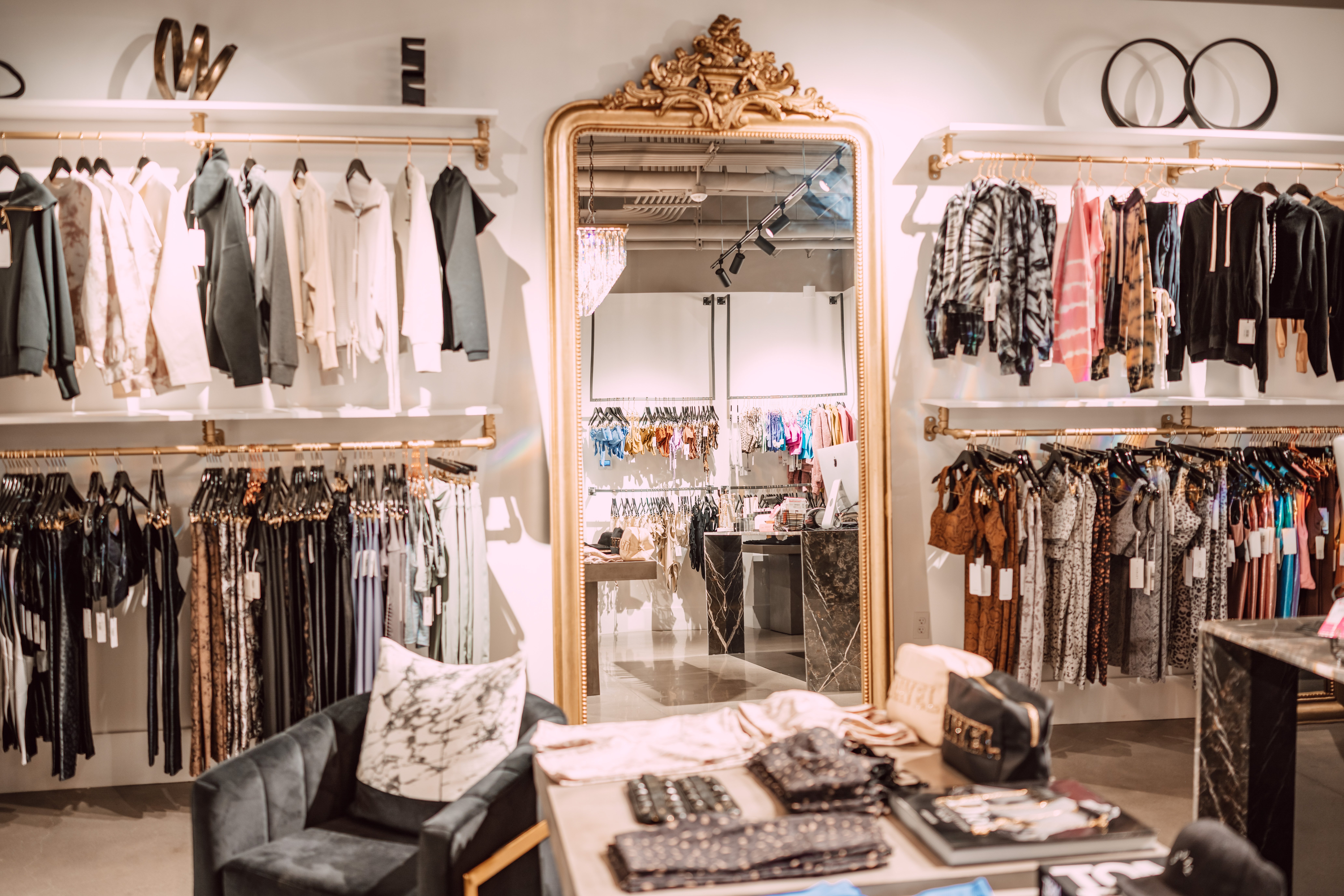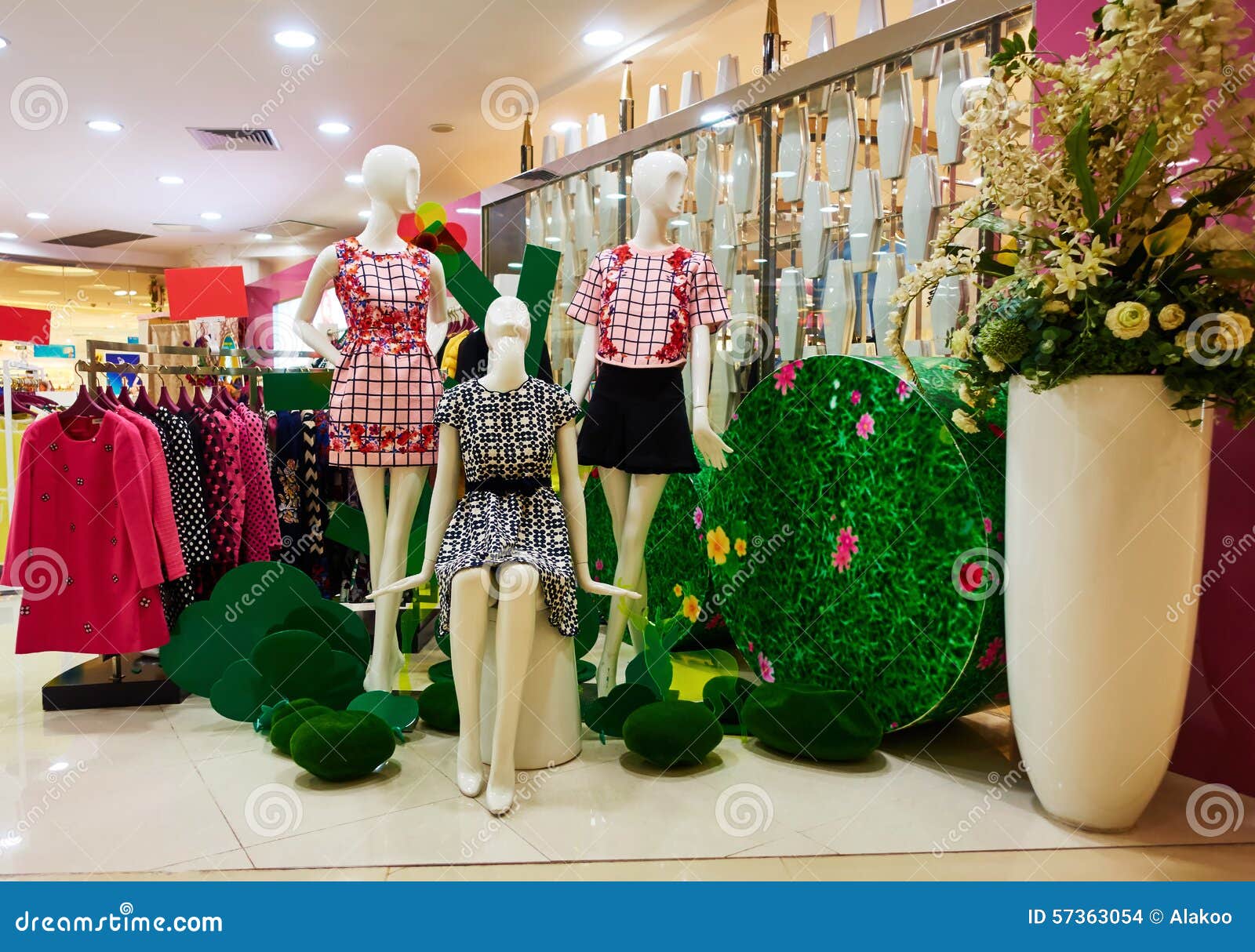A Beginner's Guide to Navigating the Boutique Fashion Scene
Wiki Article
Sustainable Fashion: How Eco-Friendly Apparel Is Forming the Future of Style
As the fashion industry encounters raising analysis over its ecological effect, the increase of sustainable style supplies a promising alternative that aligns style with environmental responsibility. boutique fashion. Just how does this movement genuinely influence the future trajectory of style, and what challenges lie in advance in its widespread fostering?Innovative Lasting Products
As the apparel industry comes to grips with its ecological effect, cutting-edge sustainable materials have actually become a crucial solution for lowering eco-friendly footprints. Among one of the most appealing products are those obtained from natural, eco-friendly sources, such as natural cotton, hemp, and bamboo. These materials not just decrease dependence on fossil fuels but additionally lessen unsafe chemical use and water usage. Organic cotton, for instance, uses considerably less water than conventional cotton and removes the requirement for poisonous chemicals, therefore maintaining dirt wellness and biodiversity.In addition to plant-based products, developments in biofabrication have actually resulted in the growth of lab-grown textiles. Mycelium leather, derived from mushroom origins, provides a functional and eco-friendly option to pet leather. Its manufacturing leads to substantially reduced carbon emissions and water use, making it an extra sustainable choice for style designers seeking to line up with green practices.
Recycled products are also gaining traction, with polyester made from recycled plastic bottles representing a considerable development. This technology not just draws away plastic waste from landfills and oceans yet additionally lowers power intake contrasted to generating virgin polyester. Together, these materials highlight the possibility for a more lasting style market, leading the way for ecologically mindful design and manufacturing.
Eco-Conscious Manufacturing
Building on the technologies in sustainable products, the fashion sector is also re-evaluating its production procedures to further decrease ecological impact. Secret approaches include lessening water consumption, decreasing carbon exhausts, and getting rid of unsafe chemicals.Another essential element is the decrease of toxic chemicals generally used in coloring and ending up textiles. Eco-conscious producers are changing towards plant-based dyes and waterless dyeing innovations, which not just safeguard local communities but additionally boost employee safety. Developments like electronic printing decrease fabric waste and energy usage, offering a cleaner choice to standard approaches.
Furthermore, openness and traceability have actually come to be vital. With the innovation of blockchain technology, firms can now provide comprehensive insights into their supply chains, ensuring environmentally pleasant and ethical practices at each action. This openness builds consumer count on and motivates brands to preserve high sustainability criteria. As the need for eco-conscious products expands, manufacturers are urged to introduce, making sure that the future of style is both elegant and lasting.
The Surge of Upcycling
Upcycling, a transformative technique in lasting fashion, involves artistically repurposing disposed of materials into brand-new, top quality items. This ingenious technique not only reduces waste yet likewise reduces the demand for basic materials, thus lessening the ecological effect of clothes manufacturing. By rebuilding and reimagining existing products, designers and fashion brands are able to instill creativity right into their collections while promoting environmental responsibility.
In addition, the upcycling activity has equipped independent designers and tiny services, who frequently lead in advancement because of their agility and creative thinking. By maximizing the plentiful accessibility of extra materials, these entities add to a round economic climate, showing that fashion can be both elegant and lasting. Through upcycling, the industry takes significant strides towards an extra accountable and aware future.
Thrift Society's Effect
The burgeoning thrift society significantly improves the landscape of lasting style, stressing the value of conscious consumption. This social change encourages consumers to embrace used apparel, thus reducing the need for brand-new garment production and reducing environmental influence. Thrift shopping not just extends the lifecycle of apparel however also lowers the carbon footprint related to production, transferring, and dealing with garments.A key facet of thrift culture is its democratization of fashion. By providing a wide variety of styles from various eras at economical rates, second hand shops make fashion easily accessible to a wider target market. This accessibility promotes a feeling of individuality and creative thinking, as consumers mix and suit distinct pieces to curate customized closets without adding to the quick style cycle.
Moreover, thrift culture advertises circularity in fashion, lining up with the concepts of a circular economy. As even more designers and consumers accept thrift society, the fashion industry is forced to adjust, incorporating sustainable practices to fulfill the growing need for eco-conscious options.

Future Trends in Style
Fashion's evolution is progressively formed by technical technologies and sustainability-driven efforts. One prominent fad is the surge of digital the original source style, where virtual garments can be used in augmented fact atmospheres, dramatically lowering fabric waste.In addition, the integration of blockchain modern technology supplies new opportunities in transparency and traceability, enabling consumers to validate the sustainability credentials of their clothes. boutique fashion. This ensures liability in supply chains and promotes ethical sourcing techniques. 3D printing is yet another development that assures to revolutionize making procedures by making it possible for on-demand manufacturing, consequently minimizing excess supply and waste
Additionally, the advancement of bio-fabricated materials, such as lab-grown natural leather and plant-based fabrics, offers sustainable options to standard materials. These developments reduce dependence on animal items and resource-intensive plants. As these innovations develop, they are positioned to transform the fashion landscape, combining design with sustainability. The future of style, as a result, hinges on a smooth blend of innovation, innovation, and ecological responsibility.
Final Thought
The change of the apparel industry with sustainable techniques shows a crucial shift towards ecological responsibility. The integration of cutting-edge products, eco-conscious production techniques, and the embracement of upcycling and thrift society underscores a dedication to lowering eco-friendly impacts. As these techniques gain momentum, they redefine the market's narrative by prioritizing sustainable and moral choices. This development not only aligns fashion with eco-friendly sustainability but additionally establishes a criterion for future trends concentrated on obligation and innovation.As the fashion industry deals with increasing scrutiny over its ecological effect, the rise of sustainable fashion provides a promising choice that aligns style with ecological responsibility.As the fashion sector grapples with its environmental effect, innovative sustainable products have arised as an important service for decreasing ecological footprints. With each other, these products emphasize the capacity for a more lasting fashion market, leading the method for eco mindful design and manufacturing.
Structure on the innovations in lasting products, the style industry is likewise re-evaluating its manufacturing procedures to better minimize environmental impact. boutique fashion.Upcycling, a transformative technique in sustainable fashion, involves artistically repurposing thrown out products into new, top quality items
Report this wiki page